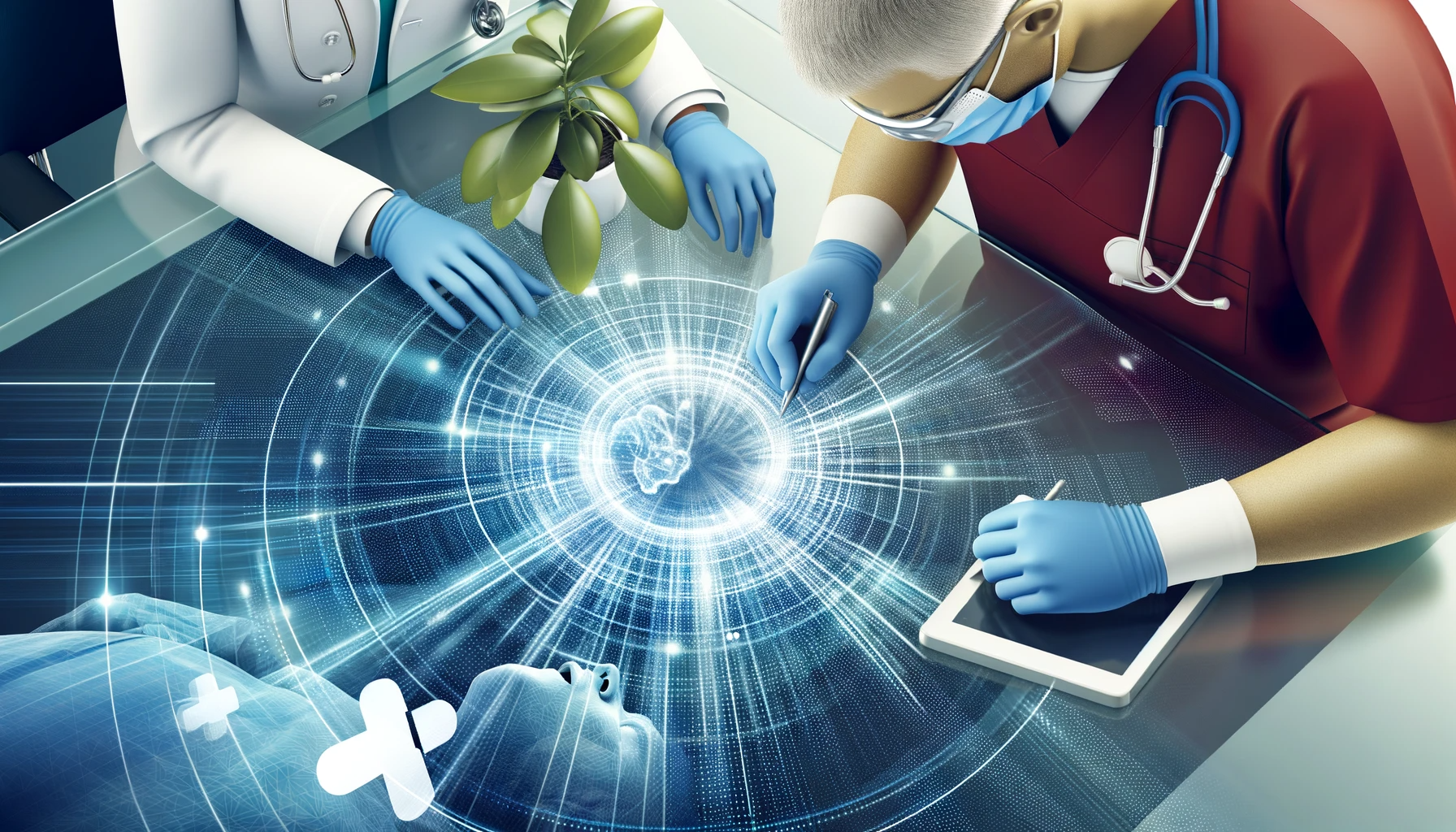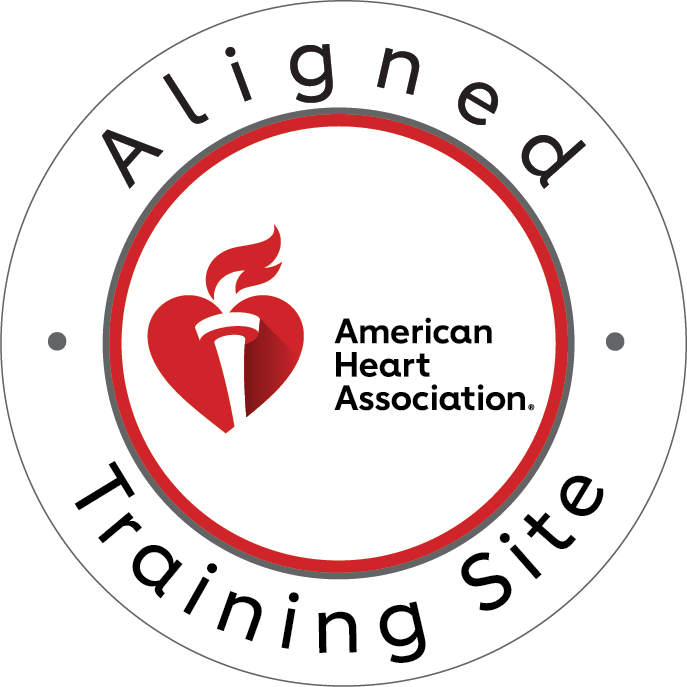Introduction
Cardiac arrest – a term that sends a shiver down the spine of even the most seasoned healthcare professionals. The statistics are startling. According to the American Heart Association’s Heart and Stroke Statistics - 2022 Update, more than 356,000 out-of-hospital cardiac arrests (OHCA) occur annually in the U.S., with a daunting 90% fatality rate. Bystander CPR was performed in 41.6% of OHCA cases, but the overall survival rate is still only 10.4%. In-hospital cardiac arrest (IHCA) isn't much better, with an incidence of 209,000 and a survival rate of 25.8%.
These figures aren't just numbers; they represent real lives, families, and communities deeply affected by cardiac arrest each year. However, there's hope. Evidence suggests that several factors can significantly improve survival rates in cardiac arrest patients. This article explores these life-saving factors, highlighting the critical role of rapid and skilled intervention within a robust system of care. Whether you're a healthcare professional looking to refine your skills or someone interested in the field, join us as we unlock the secrets to surviving cardiac arrest.

Section 1: The Impact of High-Quality CPR
When it comes to cardiac arrest, every second counts, and the quality of CPR can mean the difference between life and death. High-quality CPR is more than just a procedure; it's a lifeline. But what makes CPR "high-quality"?
Firstly, it's about ensuring proper chest compressions - deep, fast, and allowing full chest recoil between compressions. These actions help maintain blood flow to vital organs, particularly the brain and heart, during a cardiac arrest. Secondly, minimizing interruptions is crucial. Continuous chest compressions keep the blood flowing, and any break can significantly diminish the chances of survival.
The survival rates speak for themselves. When CPR is administered immediately and effectively, the chances of survival can double, or even triple. This emphasizes not only the need for widespread CPR training but also the importance of training quality. Everyone, from healthcare providers to everyday bystanders, can play a pivotal role in this life-saving chain.
Section 2: Simulation Training for Effective Response
Imagine being in the heat of a cardiac arrest emergency – the pressure is immense, and the stakes are life and death. This is where simulation training becomes invaluable. It’s one thing to know the steps of CPR and cardiac arrest management theoretically, but it’s an entirely different ball game to perform them under stress.

Simulation training provides healthcare providers with the opportunity to practice and refine their response to cardiac arrest in a controlled, but realistic environment. These simulations are more than just drills; they're vital rehearsals for real-life scenarios. By simulating the pressure and unpredictability of an actual cardiac arrest, healthcare providers can develop the agility and presence of mind needed in real emergencies.
The benefits of this proactive planning are manifold. It enhances teamwork, ensures familiarity with emergency protocols, and most importantly, it builds confidence. In cardiac arrest situations, hesitation can be fatal, and confidence borne out of rigorous simulation training can be a game-changer.
For healthcare providers, these simulations aren’t just about learning the steps; they’re about transforming into a cohesive unit, where each member knows their role, understands the protocols, and can adapt to rapidly changing situations. This level of preparedness is what can tilt the balance in favor of saving a life.
Section 3: Rapid Recognition and Response to Cardiac Arrest
In cardiac arrest, time is not just of the essence; it is life itself. Rapid recognition of cardiac arrest and an immediate response are the linchpins in the chain of survival. But what does this rapid recognition entail?

It begins with identifying the telltale signs of cardiac arrest: unresponsiveness and abnormal breathing. Once cardiac arrest is suspected, the response needs to be swift and decisive. This is where training in Basic Life Support (BLS) and Advanced Cardiac Life Support (ACLS) becomes crucial. These skills empower healthcare providers to act quickly and effectively.
The initial minutes following cardiac arrest are critical. Immediate initiation of high-quality CPR and quick access to a defibrillator can substantially increase the likelihood of survival and favorable neurological outcomes. This is where the training in recognizing cardiac arrest and the skills to respond promptly can make a significant difference.
For healthcare providers, this means constantly updating their skills and knowledge. For bystanders, it highlights the importance of learning CPR. Everyone has a role to play in this critical first step of the survival chain. Recognizing cardiac arrest and responding immediately isn't just a medical procedure; it's a race against time where every second counts.
Section 4: The Lifesaving Role of Immediate Defibrillation
When it comes to cardiac arrest, especially those due to ventricular fibrillation (VF) or pulseless ventricular tachycardia (VT), defibrillation is not just a treatment option – it's a lifesaving necessity. The role of immediate defibrillation in these scenarios cannot be overstated.

Defibrillation works by delivering a controlled electric shock to the heart, with the aim of resetting the heart’s electrical system and allowing it to restart its normal rhythm. In cases of VF or pulseless VT, this intervention can be the difference between life and death.
The key word here is 'immediate.' Studies have consistently shown that the sooner defibrillation is performed after the onset of cardiac arrest, the higher the chances of survival. For every minute that passes without defibrillation, the chances of survival decrease by 7-10%. This stark statistic highlights the critical nature of rapid defibrillation.
In environments like hospitals, where defibrillators are readily available, this is part of the standard protocol. However, in public spaces and out-of-hospital settings, public access defibrillators (PADs) can play a pivotal role. This underscores the importance of having PADs in public places and training more people in their use.
Immediate defibrillation, when combined with effective CPR, can significantly increase survival rates in cardiac arrest cases. It's a vital link in the chain of survival that cannot be ignored.
Section 5: Providing Goal-Directed, Time-Sensitive Post-Cardiac Arrest Care
Surviving a cardiac arrest is a critical milestone, but it's only the beginning of a journey. Post-cardiac arrest care is an essential part of this journey, playing a pivotal role in determining the patient's long-term outcome and quality of life.

This care involves a comprehensive approach, targeting not just the heart, but the patient as a whole. It includes ensuring adequate oxygenation and circulation, managing blood pressure, and controlling body temperature. Therapeutic hypothermia, or targeted temperature management, is a key component, especially for patients who remain unresponsive after resuscitation. This treatment helps to reduce the risk of brain injury and improve overall survival rates.
Beyond these immediate medical interventions, post-cardiac arrest care also focuses on identifying and treating the underlying cause of the arrest. This might involve a variety of diagnostic tests and treatments, including angiography, percutaneous coronary intervention, or medication adjustments.
Equally important in post-cardiac arrest care is monitoring and supporting brain health. Neurological assessments and interventions are crucial, as brain injury is a common and devastating consequence of cardiac arrest. Rehabilitation services, including physical, occupational, and speech therapy, may also be necessary to aid recovery.
In summary, post-cardiac arrest care is a multidisciplinary, multifaceted effort. It's about providing holistic, patient-centered care that addresses both immediate and long-term needs, ensuring the best possible outcome for cardiac arrest survivors.
Section 6: The Power of a Strong Care System

The journey from a cardiac arrest event to survival and recovery is not a solo endeavor. It's a symphony of coordinated efforts, a testament to the power of a strong system of care. This system spans from the moment of arrest to post-resuscitation care, involving a network of healthcare professionals, emergency responders, and state-of-the-art medical facilities.
A robust system of care ensures rapid recognition of cardiac arrest, immediate initiation of CPR, swift defibrillation, and effective advanced life support. But it doesn’t stop at the hospital doors. Continuity of care, including quality post-cardiac arrest treatment and rehabilitation services, is just as crucial.
Such a system relies on effective communication, ongoing education, and a commitment to following established protocols. It also requires community involvement - public awareness, widespread CPR training, and accessible defibrillation devices. In essence, it's about creating an environment where every link in the chain of survival is strong and unbroken.
High survival rates from both in-hospital and out-of-hospital sudden cardiac death are attainable with such comprehensive systems of care. By investing in training, technology, and teamwork, we can turn the tide against cardiac arrest and save more lives.
Conclusion
The challenge of cardiac arrest is daunting, but it's a battle we can win. The key lies in understanding and implementing the factors that improve survival rates: high-quality CPR, rapid and effective response, immediate defibrillation, and comprehensive post-cardiac arrest care. Strengthening each link in this chain of survival, from individual responders to healthcare systems and community support, is crucial.
At Willow Grove CPR, we are dedicated to this mission. By providing education and certification in CPR and ACLS, we equip healthcare professionals and the public with the skills necessary to make a critical difference in emergency situations. If you're ready to be a part of this life-saving journey, explore our course pages to view schedules and book your class. Together, we can turn the tide against cardiac arrest and save more lives.
Course Registration Links




